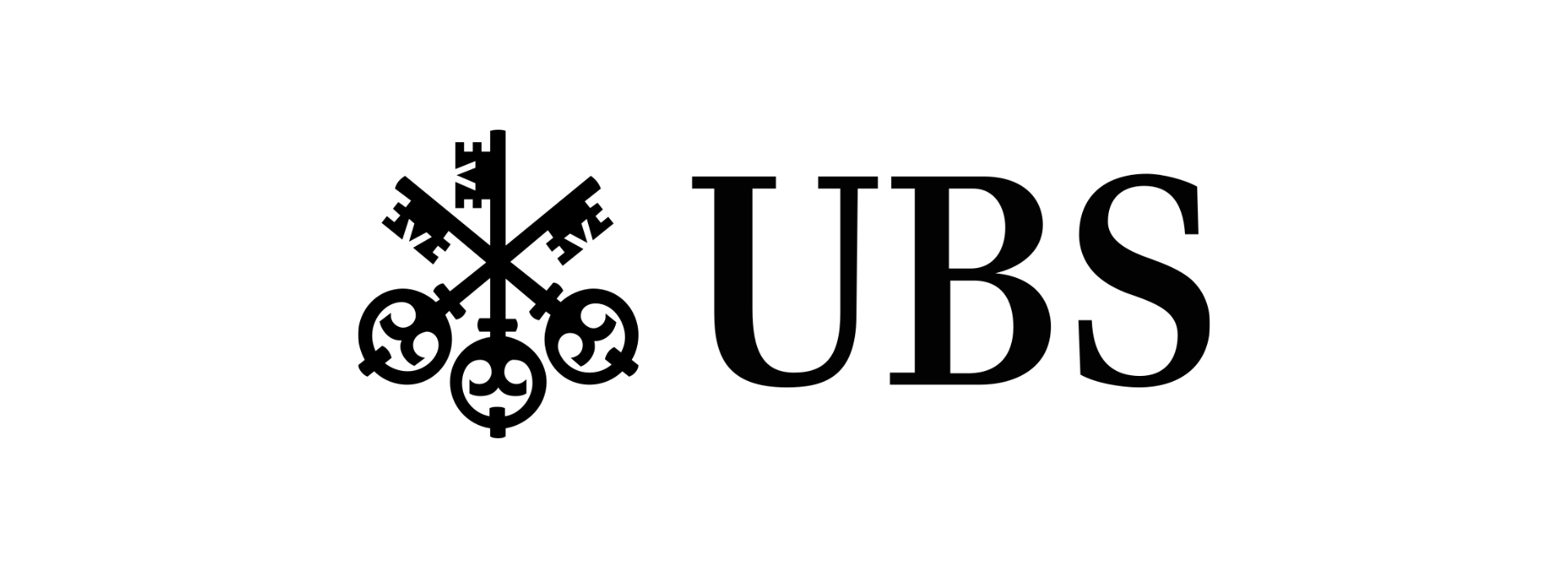Covering the Real
Arts and the Press Picture, from Warhol to Tillmans
Covering the Real, the first major exhibition at the Kunstmuseum Basel to be devoted to the relationship between art and the press picture, will uncover a central theme in the visual history of art and politics since 1945. Over 150 works will integrate all the relevant media - from painting to press photograph, from video to Internet, from installation to television news - with the most important exponents of this development: Warhol, Richter, Kawara, Wall, Tillmans, as well as famous and lesser-known press photographers and filmmakers.
Press pictures bear witness; they document and testify; they are instruments of political action, means of social control and forums of participation. They cover reality in both senses of the word: they report on it and they conceal it. Press pictures materialise and dematerialise an event; they transform it into a sign that we consume. Never before have so many "representations of the world" been reproduced and globalised, representations that always go hand in hand with language (no press photograph without caption) and are defined by the visual parameters of the prevailing system, which reproduces itself in them. Nonetheless, these pictures can never be entirely subsumed into texts or consumed by usage. They retain their own pictorial logic, which resists the overlay of consumption. Art has consistently explored this borderline role of the picture between text and meaning, between ideology and icon, in critical reflections on the status and use of pictures.
Artists began to address the implications of the mass consumption of images increasingly after 1945. They integrated into their works pictures found in newspapers and journals, on television and the Internet; they adopted the techniques of picture journalism, rewriting its claim to authenticity within the framework of their own fictions. New composite forms of art and press picture have emerged: art as a means of research, press picture as an art form. Art has been drawn into the great global current of fleeting images and their consumption. At the same time, we call press photographs that epitomise a situation "icons" and award them the rank of a work of art. Under the supremacy of pictures, even reality itself becomes an artistic configuration, a symbolic image. Political and military actions are adjusted to tie in with their potential visualisation.
While 19th-century painters like Géricault and Manet based their modern history paintings on reports, newspaper articles and woodcuts, the use of photography for source images gained ground after 1900 through the introduction of the halftone technique and the rapid rise of mechanical reproduction in the print media. Today's visual media no longer distinguish between information and ritual, documentation and criticism, control and entertainment. Lawrence Alloway identified this "iconic turn" in his 1958 article The Arts and the Mass Media: "The new role of the fine arts is to be one possible form of communication in an expanded system that includes the mass media."
In dealing with the "public picture", art has redefined its aesthetic autonomy and its social significance - from Warhol's silk-screened reproductions of press photographs, Rosler media critique and Richter's painting that walks the line between mundane and meaningful, to more recent forms of open or subversive amalgamations in the work of such artists as Orozco, Demand, Tillmans, Serralongue and others. The exhibition covers half a century of developments in the history of art, photography and the media.
A richly illustrated catalogue with contributions by important writers will be published in conjunction with the exhibition.

